- No products in the cart.
Novigan Tab n / a film about 10 pc
$2.72
Novigan Tab n / a film about 10 pc
SKU: 672960288 Categories: Analgesics, antispasmodics, Medicaments Tags: DR.REDDIS, Ibuprofen + + pitofenone fenpiveriniya bromide
Description
Composition
Active substance:
Ibuprofen 400 mg, pitofenone hydrochloride 5 mg, 0.1 mg fenpiveriniya bromide.
Excipients:
Microcrystalline cellulose 55 mg Corn starch 76 mg glycerol 2.9 mg colloidal silicon dioxide 5 mg talc 12 mg magnesium stearate 4 mg; sheath: Hypromellose 6 cps 5,686 mg Macrogol 6000 1.124 mg Talc 1.957 mg Titanium dioxide 1.059 mg, 0.058 mg of polysorbate 80, sorbic acid, 0.058 mg, 0.058 mg of dimethicone.
Description:
Round biconvex tablets, film-coated white NOVIGAN embossed on one side. A view of the cross section from white to almost white.
Product form:
Tablets, film-coated. 10 tablets in PVC / aluminum blister.
1 blister with instructions for use in a cardboard pack.
Contraindications
Hypersensitivity to any of the ingredients in the drug composition; erosive and ulcerative changes in the mucous membrane of the stomach or duodenal ulcer, active gastrointestinal bleeding; inflammatory bowel disease in the acute phase, including ulcerative colitis; anamnestic data fit bronchial, rhinitis, urticaria, after receiving aspirin or other nonsteroidal anti-inflammatory drug – NSAIDs (complete or incomplete syndrome intolerance of acetylsalicylic acid – rhinosinusitis, urticaria, polyps, nasal mucosa, bronchial asthma); hepatic failure or active liver disease; renal impairment (creatinine clearance less than 30 mL / min.), a progressive kidney disease; confirmed by hyperkalemia; hemophilia and other bleeding disorders (including hypocoagulation), hemorrhagic diathesis; since the aorto-coronary bypass; acute “intermittent” porphyria; granulocytopenia; violations of blood; deficiency of glucose-6-phosphate dehydrogenase; tachyarrhythmia; closure glaucoma; diseases of the optic nerve; prostatic hyperplasia; bowel obstruction; Pregnancy and breast-feeding, age up to 16 years.
Precautions for the use of
Carefully
Advanced age, congestive heart failure, cerebrovascular disease, hypertension, coronary heart disease, dyslipidemia / hyperlipidemia, diabetes mellitus, peripheral arterial disease, nephrotic syndrome, creatinine clearance of less than 30-60 ml / min, hyperbilirubinemia, gastric ulcer and duodenal ulcer ( in history), the presence of infection Helicobacter pylori, gastritis, enteritis, colitis, prolonged use of NSAIDs, blood disease of unknown etiology (leukopenia, anemia), smoking, frequent consumption alcohol (alcohol), severe somatic diseases, concomitant therapy following drugs: anticoagulant (e.g., warfarin), antiplatelet agents (e.g., aspirin, clopidogrel), oral corticosteroids (e.g., prednisone), selective serotonin reuptake inhibitors (e.g., citalopram, fluoxetine , paroxetine, sertraline).
Dosage
400 mg + 5 mg + 0.1 mg
Indications
Weak or moderately severe pain spasms of smooth muscles of internal organs: renal and biliary colic, biliary dyskinesia, intestinal colic.
– Gynecological diseases: dysmenorrhea.
– Headache, including migraine character.
– Short-term symptomatic treatment of joint pain, neuralgia, sciatica, myalgia.
Interaction with other drugs
At therapeutic doses Novigan medication does not come into significant interactions with commonly used drugs. Inductors microsomal oxidation enzymes in the liver (phenytoin, ethanol, barbiturates, flumetsinol, rifampicin, phenylbutazone, tricyclic antidepressants) increase the production of hydroxylated active metabolites, increasing the risk of severe intoxication. Inhibitors of microsomal oxidation reduce the risk of hepatotoxicity. Reduces hypotensive activity vasodilator and natriuretic effect of furosemide and hydrochlorothiazide.
Reduces the efficiency of uricosuric drugs. It enhances the effect of anticoagulants, antiplatelet agents, fibrinolytic agents (which increases the risk of bleeding).
Enhances mineralokortikosteroidov side effects, glucocorticoids (increased risk of gastrointestinal bleeding), estrogens, ethanol; enhances hypoglycemic effect of sulfonylurea derivatives. Antacids colestyramine and reduce the absorption of ibuprofen. Increases the blood concentration of digoxin, drugs lithium and methotrexate. Potentiates the effect of M-cholinergic antagonists, H1-histamine blockers, butyrophenones phenothiazines, quinidine and amantadine. Simultaneous administration of other NSAIDs increases the incidence of side effects. Caffeine increases the analgesic (analgesic) effect. When concomitant administration reduces inflammatory and antiplatelet effect of acetylsalicylic acid (may increase the incidence of acute coronary insufficiency in patients receiving as antiplatelet agents acetylsalicylic acid, small doses, Novigan after initiation of drug). Cefamandole, cefoperazone, cefotetan, valproic acid, plicamycin increased incidence of hypoprothrombinemia while the appointment. Myelotoxic drugs increase the expression gematotoksichnosti drug. Cyclosporine and preparations of gold enhance the effect of ibuprofen on prostaglandin synthesis in the kidneys, which is manifested by increased nephrotoxicity. Ibuprofen increases the plasma concentration of cyclosporine and the likelihood of its hepatotoxic effects. Drugs that block tubular secretion, reduce excretion and increase the plasma concentration of ibuprofen.
Overdose
Do not exceed the indicated dose. If you exceed the dose, call your doctor or the nearest medical facility. Bring a product package.
Symptoms: abdominal pain, nausea, vomiting, lethargy, sleepiness, depression, headache, tinnitus, metabolic acidosis, coma, acute renal failure, decreased blood pressure, bradycardia, tachycardia, atrial fibrillation, respiratory arrest.
Treatment: gastric lavage (only one hour after administration), activated carbon, alkaline water, diuresis, symptomatic therapy (correction of acid-base balance, blood pressure). No specific antidote.
pharmachologic effect
Pharmacological group:
Analgesic antispasmodic combination.
Pharmacodynamics:
Combined preparation has analgesic, anti-inflammatory and spasmolytic effect. It inhibits the synthesis of prostaglandins (Pg). The preparation includes a non-steroidal anti-inflammatory agent – ibuprofen myotropic antispasmodic – pitofenone hydrochloride and m-anticholinergic agent central and peripheral actions – fenpiveriniya bromide.
Ibuprofen is a phenylpropionic acid derivative. It has analgesic, antiinflammatory and antipyretic action. The main mechanism of action – inhibition of prostaglandin biosynthesis – modulators of pain sensitivity and thermoregulation inflammation in the central nervous system and peripheral tissues. In women with primary dysmenorrhea reduces the elevated levels of prostaglandins in the myometrium, thereby reduces the intrauterine pressure and the frequency of uterine contractions. Pitofenone Hydrochloride, like papaverine, myotropic has a direct effect on the smooth muscles of viscera and causes its relaxation.
Fenpiveriniya bromide due to m-anticholinergic action provides additional relaxing effect on smooth musculature.
The combination of the three components of the drug leads to mutual reinforcement of their pharmacological action.
Pharmacokinetics:
Components Novigan® drug is well absorbed in the gastrointestinal tract. The peak plasma concentration is reached approximately 1-2 hours after ingestion. The main component of the preparation – ibuprofen is 99% bound to plasma proteins, may accumulate in the synovial fluid, is metabolized in liver and excreted 90% in urine as metabolites and conjugates. A small portion of the drug is excreted in the bile. The half-life from the blood plasma of 2 h.
Conditions of supply of pharmacies
Without recipe.
side effects
At recommended dosages Novigan® preparation does not cause side effects.
On the part of the gastrointestinal tract: NSAID gastropathy (abdominal pain, nausea, vomiting, heartburn, loss of appetite, diarrhea, flatulence, constipation, ulceration of the mucous membrane of the gastrointestinal tract, which in some cases are complicated by perforation and bleeding, irritation or dryness of mucous membranes of the oral cavity, mouth pain, ulceration of the mucous membrane of the gums, aphthous stomatitis, pancreatitis.
On the part of the hepatobiliary system: hepatitis.
The respiratory system: dyspnea, bronchospasm.
From the senses: hearing loss: hearing loss, ringing or noise in the ears; impaired vision: toxic damage of the optic nerve, blurred vision, scotoma, dryness and irritation of the eyes, swelling of the conjunctiva and eyelids (allergic genesis), paresis of accommodation.
On the part of the central and peripheral nervous system: headache, dizziness, insomnia, anxiety, nervousness and irritability, agitation, drowsiness, depression, confusion, hallucinations, aseptic meningitis (usually in patients with autoimmune diseases).
Cardio-vascular system: congestive heart failure, tachycardia, increased blood pressure.
From the urinary system: acute renal failure, allergic nephritis, nephrotic syndrome (edema), oliguria, anuria, polyuria, proteinuria, cystitis, urine staining in red.
Allergic reactions: skin rash (typically erythematous or urticaria), itching, angioedema, anaphylactoid reactions, anaphylactic shock, bronchoconstriction or dyspnea, fever, exudative erythema multiforme (including, Stevens-Johnson syndrome), toxic epidermal necrolysis (Lyell syndrome ), eosinophilia, allergic rhinitis.
From the side of blood: anemia (including hemolytic, aplastic), thrombocytopenia and thrombocytopenic purpura, agranulocytosis, leukopenia.
Other: increased or decreased sweating.
From the laboratory parameters: bleeding time (may be increased), the concentration of glucose in serum (may be reduced), creatinine clearance (may decrease), hematocrit or hemoglobin (may be reduced), serum creatinine concentration (may be increased) activity “liver” transaminases ( can be increased).
If the drug caused a change in your normal state, stop taking it and contact your doctor immediately.
special instructions
With prolonged use requires monitoring picture peripheral blood and functional state of the liver and kidneys. To reduce the risk of adverse effects from the gastrointestinal tract to use the minimum effective dose. When the symptoms of gastropathy shows careful monitoring, including the holding of esophagogastroduodenoscopy, a blood test with determination of hemoglobin and hematocrit, analysis of stool for occult blood. If necessary, the definition of 17-ketosteroids drug should be discontinued 48 hours prior to the study. During the period of treatment should refrain from drinking alcohol.
Effect on driving ability
During treatment, the patient should refrain from activities potentially hazardous activities that require high concentration and psychomotor speed reactions.
Storage conditions
In a dry place at a temperature not higher than 25 ° C.
Keep out of the reach of children!.
Dosing and Administration
Inside for 1 hour before or three hours after a meal. To avoid irritation to the stomach, you can take the medication immediately after a meal or drink milk.
In the absence of specific instructions doctor advised to take Novigan® spastic pain of 1 tablet 3 times a day. The maximum daily dose – 3 tablets. Do not exceed this dose!
The course of treatment without consulting a doctor Novigan® should not exceed 5 days. Longer use is possible under the supervision of a physician with the control of peripheral blood and functional state of the liver.
Information
Appearance may differ from that depicted in the picture. There are contraindications. You need to read the manual or consult with a specialist
Additional information
| Weight | 0.100 kg |
|---|---|
| Manufacturer | DR.REDDIS |

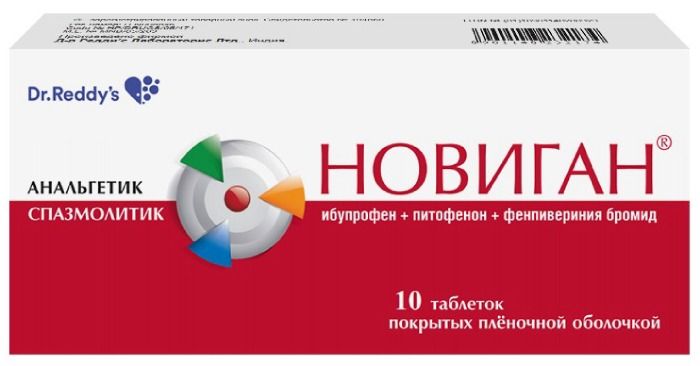
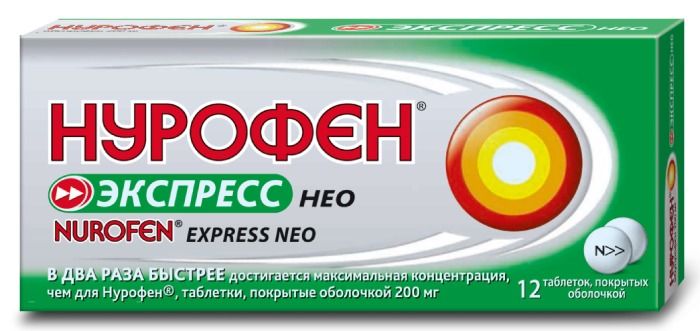
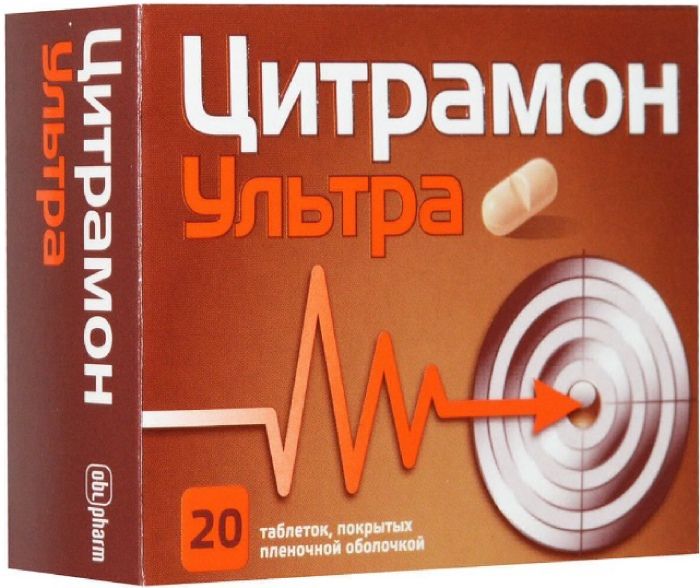
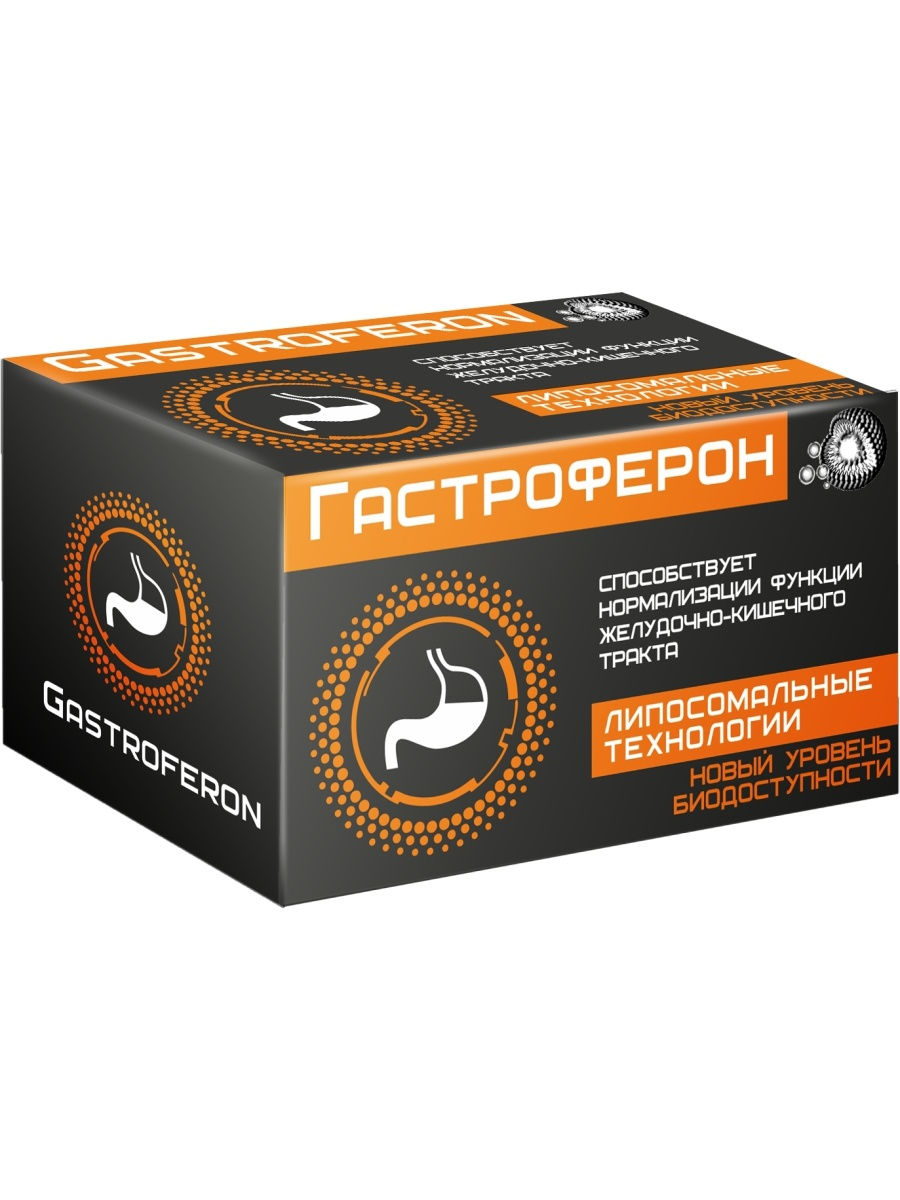
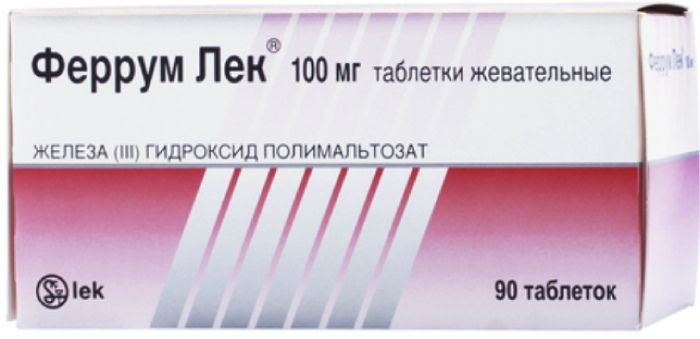
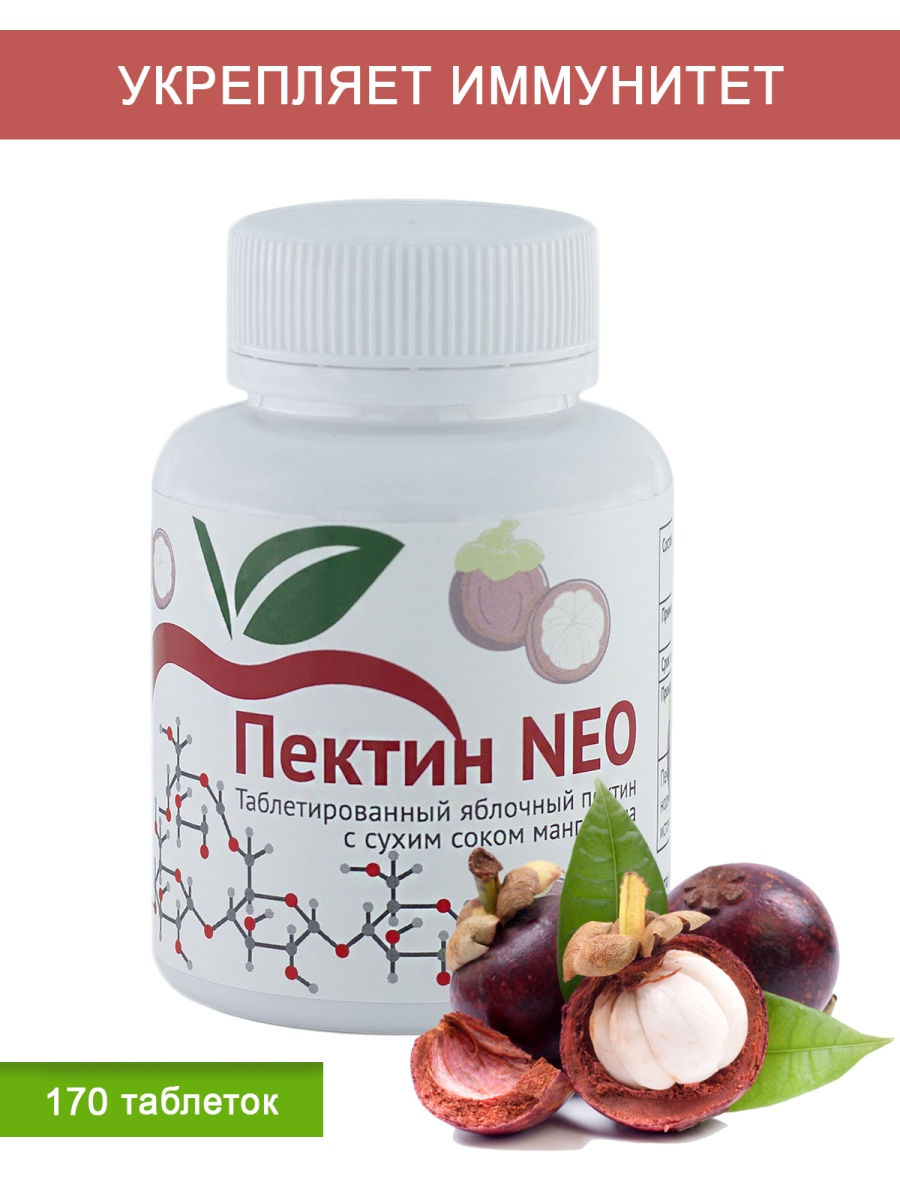
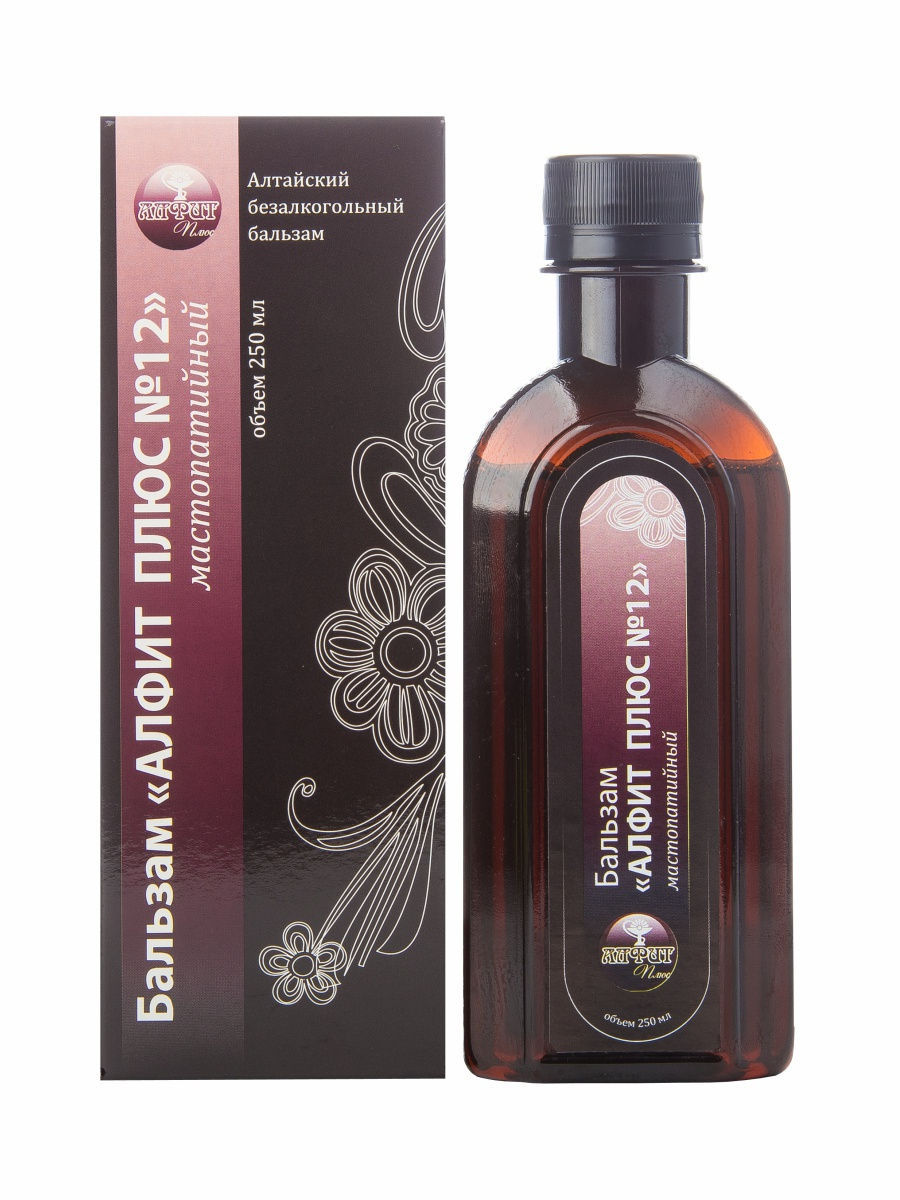
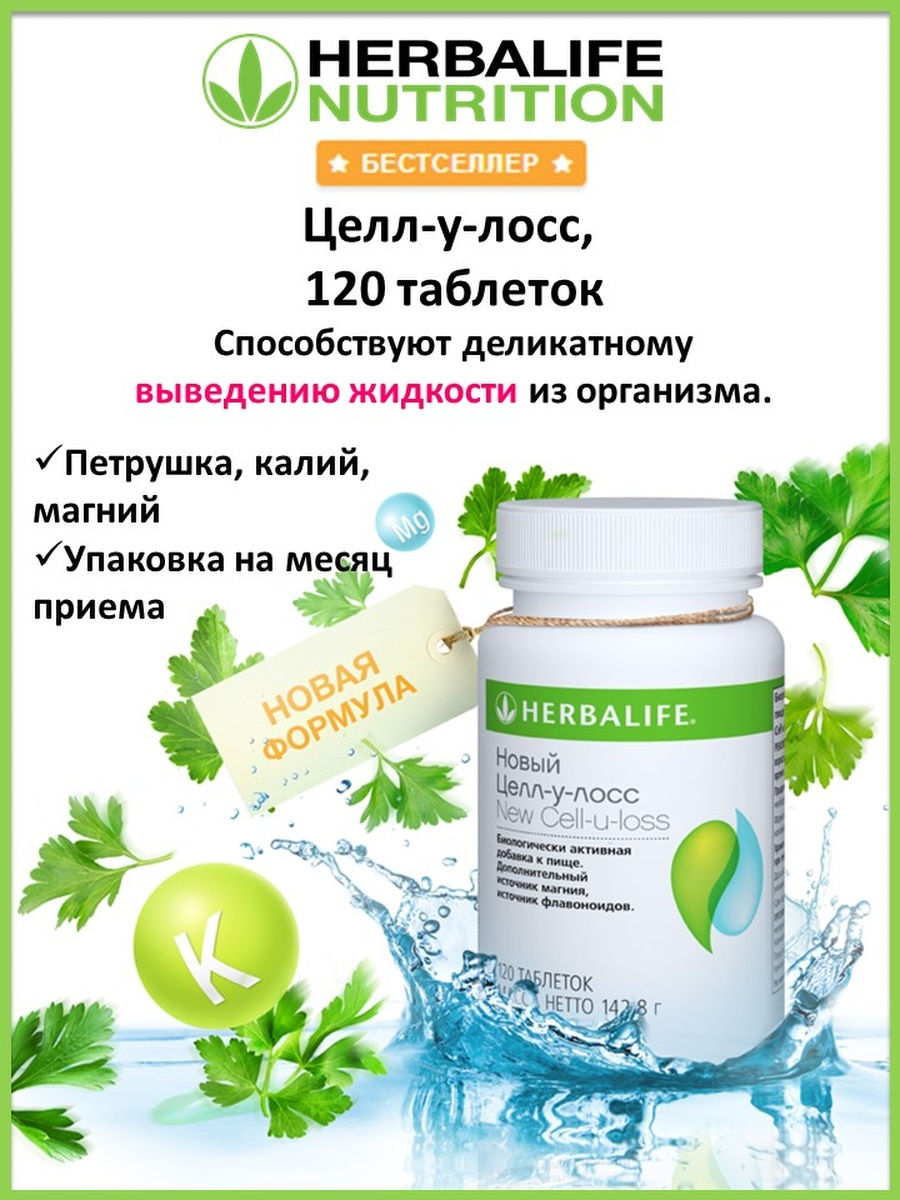
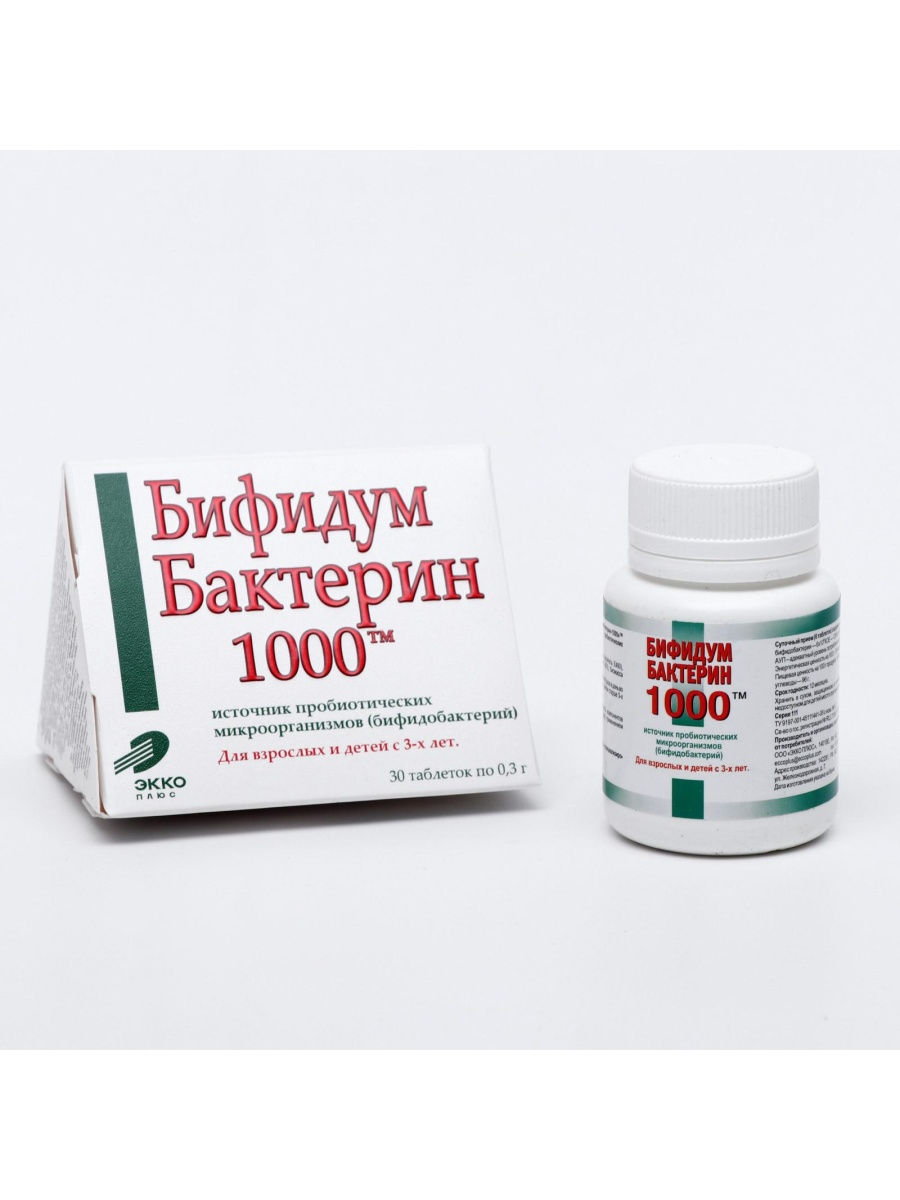




There are no reviews yet.